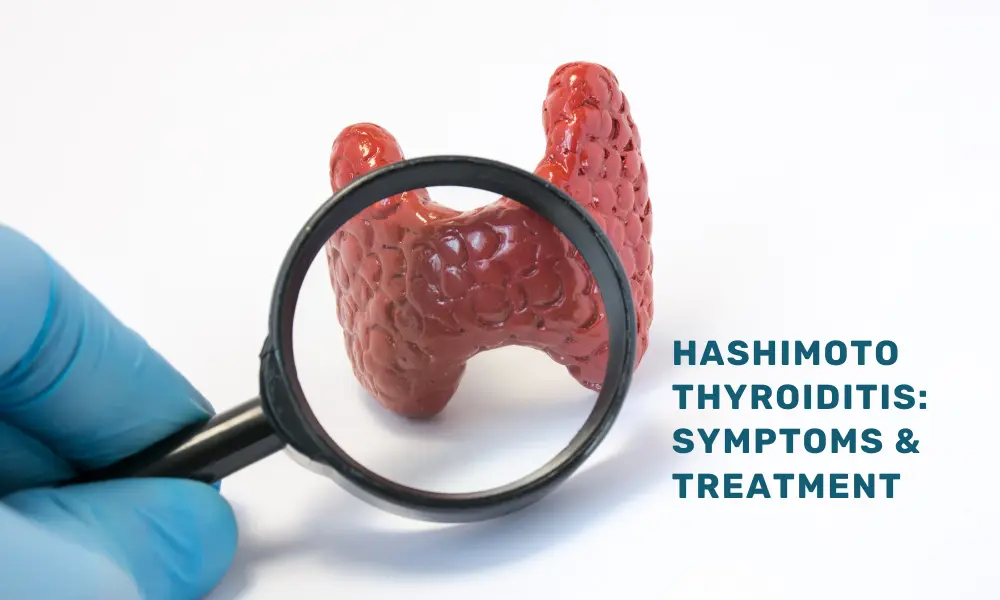India has made a concerted effort to reduce preventable maternal deaths and provide quality, easily accessible maternal and newborn health services under the National Health Mission. To guarantee the delivery of healthcare services, particularly for the efficient implementation of maternal health programmes to achieve the designated MMR targets, the National Health Mission has made significant investments.
In New Delhi: The maternal mortality ratio (MMR) in the nation has significantly decreased. According to the Registrar General of India’s (RGI) special bulletin on MMR, India’s maternal mortality ratio (MMR) has improved further by a stunning six points. It is now at 97 per lakh live births. The maternal mortality ratio, or MMR, is the number of maternal deaths over a specified period per 100,000 live births.
Dr. Mansukh Mandaviya, Union Minister of Health & Family Welfare, congratulated the nation on this accomplishment and noted in a tweet that there had been a “significant decline” in the maternal mortality ratio from 130 in 2014–16 to 97 per lakh live births in 2018–20.
According to data from the sample registration system (SRS), the MMR in the country gradually decreased from 130 in 2014–2016 to 122 in 2015–17, 113 in 2016–18, 103 in 2017–19, and 97 in 2018–20.
India has now met the National Health Policy (NHP) target of an MMR of less than 100 per lakh live births and is on track to meet the SDG target of an MMR of less than 70 per lakh live births by 2030.
The number of states that have attained the Sustainable Development Goal (SDG) target has increased from six to eight, with Kerala (19) leading the pack. Maharashtra (33), Telangana (43), and Andhra Pradesh (45), then Tamil Nadu (54), Jharkhand (56), Gujarat (57), and Karnataka follow (69).
India has made a concerted effort to reduce preventable maternal deaths and provide accessible, high-quality maternal and newborn health services under the National Health Mission (NHM). To guarantee the availability of healthcare services, particularly for the successful implementation of maternal health programmes to meet the specified MMR targets, the National Health Mission has made significant investments. Janani Shishu Suraksha Karyakram and Janani Suraksha Yojana, two government programmes, have been upgraded to more reliable and respectful service delivery programmes like Surakshit MatritvaAashwasan (SUMAN). For its emphasis on identifying high-risk pregnancies and facilitating their appropriate management, the Pradhan Mantri Surakshit Matritva Abhiyan (PMSMA) is particularly praised. This significantly impacted reducing avoidable mortality. LaQshya and Midwifery initiatives promote high-quality care in a respectful and dignified way, ensuring that all pregnant women have a choice in how they give birth.
An optimistic outlook on achieving the SDG target of MMR less than 70 much before the stipulated time of 2030 and becoming known as a nation that provides respectful maternal care is provided by India’s outstanding efforts in successfully lowering the MMR ratio.





